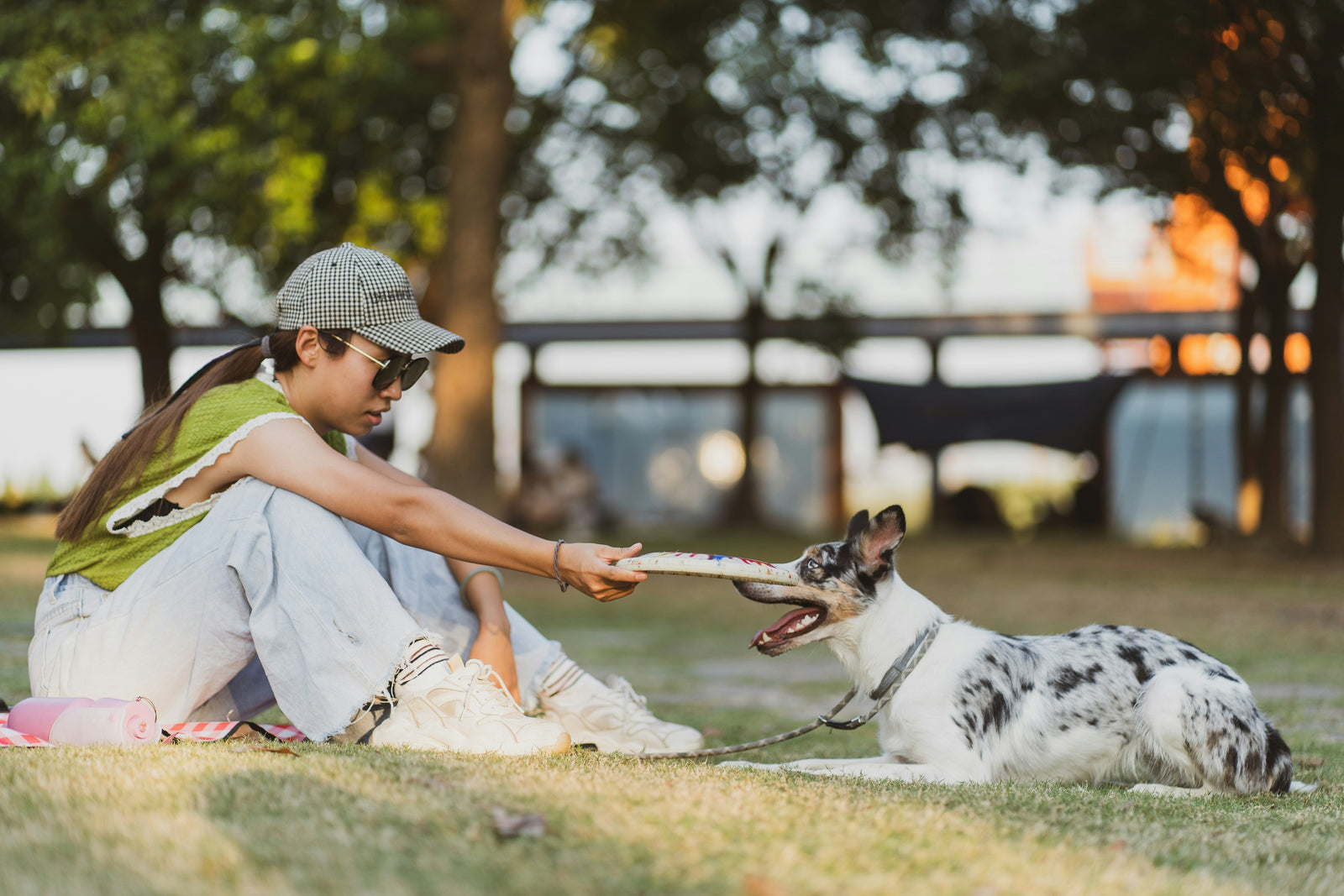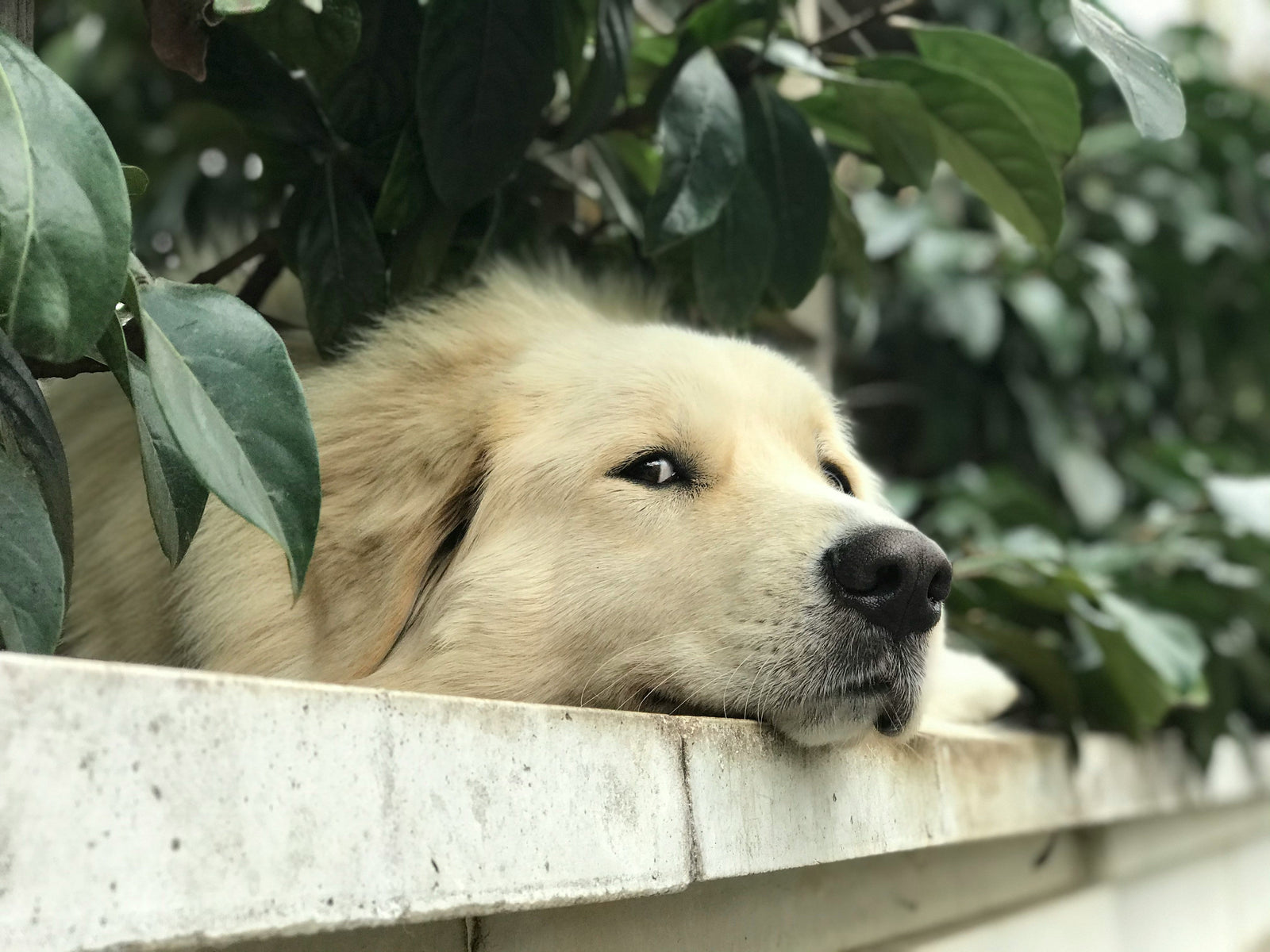Dogs don’t come with an instruction manual, but if they did, “daily exercise required” would be on page one. The catch is that exercise doesn’t look the same for every dog. A Border Collie may thrive on hours of running, while a French Bulldog may get winded after a few blocks. And exercise doesn’t always mean sprinting across a field—sniffing, puzzle-solving, and training sessions also give the brain a workout. So how much exercise does your dog really need, and what counts? Let’s break it down.
Age and Breed Shape Exercise Needs
The first thing to consider is who your dog is. Breed, size, and age all influence how much activity they need to stay balanced.
High-energy working breeds like Australian Shepherds, Huskies, and Belgian Malinois were literally bred to move. These dogs often need 90 minutes to two hours of vigorous activity a day to avoid boredom-driven behaviors like chewing furniture or digging. In contrast, toy breeds or brachycephalic (short-nosed) breeds such as Pugs or Bulldogs may thrive on much shorter, gentler sessions—sometimes just 20–30 minutes split into chunks.
Puppies are a special case. Their joints are still developing, so while they seem like endless balls of energy, structured exercise should be moderate. Short bursts of play and exploration combined with lots of naps are healthier than long runs that could be hard on their body. Seniors, meanwhile, may slow down but still benefit from movement. A 12-year-old Labrador might not chase tennis balls for half an hour anymore, but regular walks help keep joints lubricated and muscles engaged.
The golden rule: tailor exercise to your dog’s age and breed tendencies, then adjust based on how they actually respond. If they come home still bouncing off the walls, they probably need more. If they collapse and are worn out the next day, you may have gone too far.
The Power of Mental Stimulation
When most people hear “exercise,” they picture walks, runs, or games of fetch. Those are important, but dogs also need mental workouts. Mental stimulation can be just as tiring as physical play, and for some dogs, it’s the missing piece of their routine.
Sniffing is the easiest example. Letting your dog explore scents on a walk—a “sniffari”, if you will—provides enrichment that drains energy in a healthy way. Puzzle feeders and snuffle mats turn mealtime into a brain game. Trick training, obedience practice, or nosework games like hide-and-seek with treats also challenge the mind.
A German Shepherd who spends 20 minutes solving a puzzle feeder may be just as satisfied as after a long jog. Mental exercise is especially useful for dogs with physical limitations, like seniors with arthritis or breeds prone to overheating. The balance of body and brain activity is what leaves a dog truly content.
Everyday Ways to Build Exercise Into Your Dog’s Life
The good news for owners is that exercise doesn’t need to be elaborate. Building small, consistent activities into daily routines often works best.
For example, morning walks can be brisk and structured, focusing on movement and loose-leash training. Afternoons might include a fetch session in the yard, tug-of-war in the living room, or climbing a few flights of stairs indoors if the weather’s bad. Evening time is perfect for puzzle toys, snuffle mats, or gentle play before bed.
For high-drive dogs, consider canine sports like agility, flyball, or dock diving to channel their energy into structured fun. For dogs with lower stamina, swimming or controlled indoor games can provide safe outlets. Even errands can count—many dogs love accompanying their owners on car rides or practicing calm behavior in pet-friendly stores, which adds stimulation without overexertion.
Exercise is the foundation of physical health, mental balance, and good behavior. How much and what kind depends on your dog’s breed, age, and personality, but the mix of movement and enrichment is what keeps them thriving.
_______________________________
Want to learn more about keeping your furry friend happy and healthy? Check out our Dog's Guide to Healthy Living.



